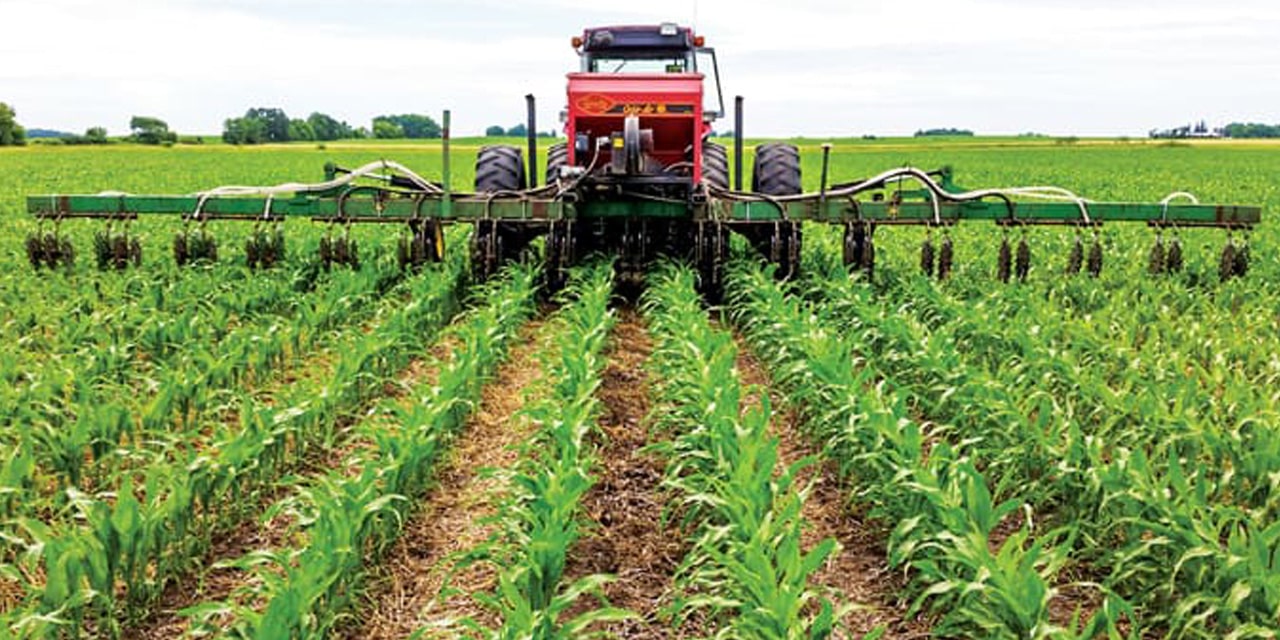Hanks Saisai
Crop production is a form of primary agriculture that provides many Namibian households with staple food (grains, fruits and vegetables). In most rural areas of Northern and NorthEastern Namibia, staple grains such as Maize, Pearl Millet (commonly known as Mahangu) and Sorghum are milled into a powder that is used as a staple porridge in many homes.
Gratefully, Namibia continues to receive adequate rainfall in most parts of the country ensuring that soil moisture is readily available to support plant growth. When growing crops, it is of great importance to note that as soil moisture is maintained there will be an emergence of other unwanted plants amongst crops grown by a farmer.
Undesired plants that grow in a crop field or garden are known as weeds. Weeds can negatively affect the growth of crops and vegetables grown in crop fields or gardens by competing for essentials such as water (soil moisture), nutrients, sunlight and air. When crops are deprived of the essentials needed for growth, they experience stunted growth. Moreover, some weeds are hosts for pests and diseases that can attack the vegetables or crops grown by farmers. It is thus of great importance that weed control is practiced by farmers who cultivate fields in order to successfully grow crops.
To ensure that crops/vegetables are grown successfully, it is the farmer ‘s responsibility to apply weed control measures as soon as possible. On small-scale gardens, weeds can be manually removed by pulling them out of the soil by hand, but this must be done at a stage where the crops are about 40 mm to 50 mm above the ground. Weeds can also be controlled at the soil preparation stage whereby; the soil is ploughed to loosen it using a digging fork or on commercial scale production basis a tractor and its moldboard plough.
In traditional crop fields that are popular in Northern and North-Eastern Namibia, weeds are removed by mechanical means of manual labour using hoes to cut and dig out weeds growing in between the Maize, Sorghum and Mahangu rows. Once the weeds are dug up, they are laid on top of the soil to dry and decompose (later adding nutrients back to the soil). When operating big commercial plantations, manual weeding with hoes becomes an impossible task, hence the use of chemicals to control weeds becomes effective. Herbicides are chemicals that are mixed with water and sprayed on fields or gardens to kill weeds. However, when using herbicides such as 2-4D it is essential to use selective ranges that only target certain weeds such as couch grass (Cynodon dactylon).
Moreover, herbicides should be ecologically friendly for them not to harm useful micro-organisms such as Ladybird bugs. Another effective way of controlling weeds is to introduce crop rotation practices to ensure that one crop is not grown on the same piece of land each year. When a farmer harvest maize from his/her field and decides to grow beans the next cropping season he/she will break the life cycle of the weeds that attack maize in that field.
To ensure that crops can grow from planting to harvesting, it is essential to remove all the unwanted plants that will grow in the garden or field. Remember that weeds can be controlled by first preparing the soil well by loosening it with a plough or digging fork. When weeds are removed, crops utilize the essentials needed for their growth (water, air, nutrients and sunlight) optimally with no interruptions.
• Hanks Saisai is Agribank’s Technical Advisor: Crops & Poultry




